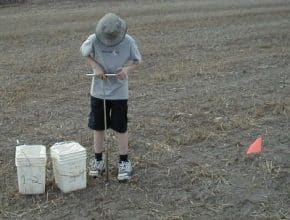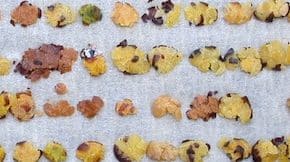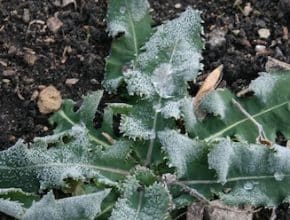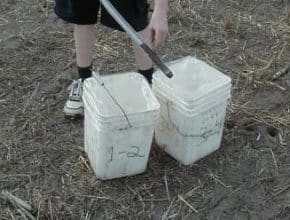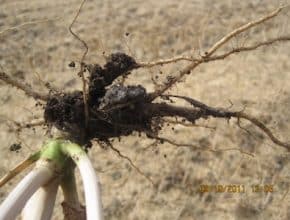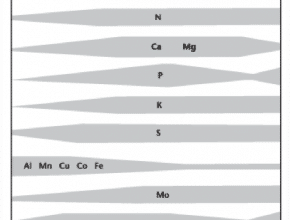Green blues. By October, getting crop off becomes the priority. Green seed is unlikely to turn anymore unless a lot of moisture (snow?) comes, in which case harvest may be delayed until spring. Cool days, but hot bins. Canola binned hot will retain that heat for weeks and likely months, with the risk of storage losses rising with each passing…
October 8, 2014 - Issue 27
-
-
Canola binned hot will retain that heat for weeks and likely months, with the risk of storage losses rising with each passing day. Growers who binned hot canola in September and August will want to check that the temperature has come down to a safe storage level of below 15°C. Putting hot canola on air or turning it on a…
-
Lower temperatures and shortened days in the fall trigger perennials such as Canada thistle, dandelion and quack grass to start moving sugars to below-ground tissues. Winter annuals and biennials are also doing this, but they don’t need a cool temperature trigger. Spraying these weeds in fall takes advantage of this downward flow, providing better control for next year. Read more…
-
The key strategy of fall fertilization is to store nitrogen over the winter in the ammonium form – which is held on clay and organic matter – and is referred……
-
Take fall samples when soil temperatures drop below 10°C, or cooler. Because microbial processes in the soil slow down as temperatures cool, sampling late in the fall will provide a close representation of nutrient levels at seeding next spring. The cooler the better when sampling, but you want to make sure you can still get the probe down 24”. Submit…
-
Discovery of a different clubroot pathotype in central Alberta will change the rotation plans for some growers. No current varieties have resistance to this different pathotype, and varieties with a new effective source of resistance will not be available for at least the next year or two, or maybe longer. Longer rotation is necessary to slow the pathogen shift that…
-

